Swedish
Origins of the Swedish language
Swedish, like Danish, Norwegian and Icelandic, is an Indo-European language belonging to the North Germanic languages group and deriving from old Norse, like Danish, Norwegian and Icelandic. The Swedish language started to differentiate itself from the other three languages between the 9th and 12th centuries, when it was still written with runes. Then, by decree of the Catholic Church in 1225, the Latin alphabet was introduced which led to the occurrence of a whole series of terms derived from Latin and Greek Latin. Simultaneously, the creation of the Hanseatic League boosted trade and consequently linguistic exchanges and terminological mixing with the German and Dutch. Originally, old Swedish was more complex compared to contemporary Swedish; there were four cases (nominative, genitive, dative and accusative) and three genders (masculine, feminine and neuter). Later on the cases reduced to just two (nominative and accusative) and the neuter gender disappeared altogether. Today the cases have even fallen into disuse.
Swedish today
Currently, Swedish is spoken as an official language in Sweden and in some regions in Finland (on the Åland Islands and in Ostrobothnia). It has only been recognised as an official language in Sweden since 1st September 2009, before this it was only a de facto language. Contemporary Swedish is still quite a fragmented language within Sweden itself: there are actually many mutually intelligible dialectal varieties spoken by the lower classes. However, these dialectal forms are heading for extinction despite the authorities’ efforts to encourage their study for preservation. Swedish spoken in the Finnish region of Ostrobothnia is almost incomprehensible to Swedish people, as opposed to that spoken on the Aland islands which is very similar to Standard Swedish.
Swedish language curiosities
Swedish is very similar to other Scandinavian languages (such as Norwegian) in both grammar and vocabulary to the extent that Swedish people are able to understand spoken Norwegian. The differences between the two languages are mainly a few spelling and pronunciation changes (as well as a few lexical differences). Cultural and historical factors have nevertheless led to the two languages becoming more different from each other over time.
Translating into Swedish
Having become a member of the European Union in 1995, Sweden is an extremely technologically advanced country with a good quality of life which has risen to be among the top 20 most stable economies in the world.
For years now, Italy has maintained good relations with the country, both in terms of the presence of Italian industries abroad and tourism, attracting a large number of visitors to our country every year from Sweden.
Swedish has therefore become a part of our monthly work here at SMG, joint with Danish in becoming our number one Scandinavian language in terms of the most technical translations and interpretation services provided.

